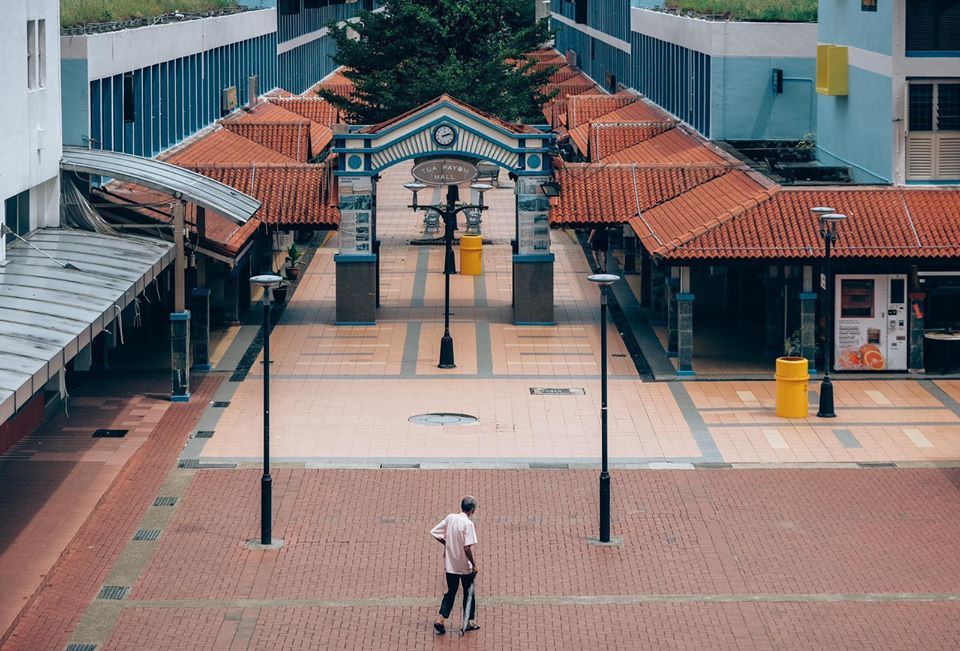Nations across the world have slowly started lifting restrictions imposed due to the spread of COVID-19 and are trying to get life and economies back to some sense of normalcy. Singapore is no different with minor easing of measures set to begin from May 5. However, Health Minister Gan Kim Yong has said that for the country to entirely lift COVID-19 circuit breaker measures, the number of community cases daily will need to fall to zero or single digits over a sustained period of time.
Speaking in Parliament on Monday, the minister said there would be three factors that would be considered before lifting the measures:
1. Community cases should fall to zero or single-digits daily, with very low numbers of unlinked cases, and sustained over a period of time. There should also be a decrease in migrant worker cases.
“It is equally important to reduce the migrant worker cases over time, though it will take a while longer. Otherwise we will continue to be at risk of a spillover from the dormitories into the wider population,” Minister Gan said.
2. An assessment will need to be made of the global situation as well as specific countries to decide the extent and approach on reopening Singapore’s borders.
“We would review the rate of transmissions in other countries, as well as what they have done to contain the spread. For any re-opening of our borders, we are likely to start small and selectively, and to continue to impose a mix of isolation and test requirements, to protect ourselves from new imported cases leading to community spread,” said the minister.
3. A system will need to be set up to allow Singapore to open up safely as opening up more businesses and allowing social activities to resume will resultin more interactions, and higher risk of virus transmission at the workplace and in the community.
“We need to step up our capability and capacity to test and detect cases early, contact trace quickly, ringfence close contacts promptly, and establish the original source of the infection to stop other undetected transmission chains if any,” said Minister Gan.
Testing for COVID-19
To date, Singapore has conducted more than 140,000 tests for COVID-19, which is 2,500 tests per 100,000 people in Singapore, said the minister.
Authorities are also working with various private and public sector partners to further increase the testing capacity to up to 40,000 a day by later this year.
"With this increase, we will widen the net that we cast for diagnostic testing for symptomatic cases, active case finding, screening and surveillance testing in our community and among workers, including migrant workers," he said.
“We will also do more testing and monitoring to pick out asymptomatic and pre-symptomatic cases among priority groups such as nursing home residents and staff, to prevent clusters from developing. Testing is crucial as risk of infection will increase when we allow more economic and social activities to resume."
Answering questions about asymptomatic testing for the wider population, the minister said that the yield will be very low if asymptomatic testing is done indiscriminately.
"It may also need to be done repeatedly as it does not reflect immunity and those tested can be infected after the test," he explained. "It may not be the best way to use testing resources."
Instead, the authorities will and have started doing asymptomatic testing selectively, for priority groups.
“For example, we currently test asymptomatic young children, if they are in the same household as COVID-19 patients, since they may not be able to articulate their symptoms well,” the minister said.
“As more businesses reopen, we may also do more tests for essential service workers. At our borders, we can also deploy tests for arrivals to reduce the risk of local transmission from imported cases.”



